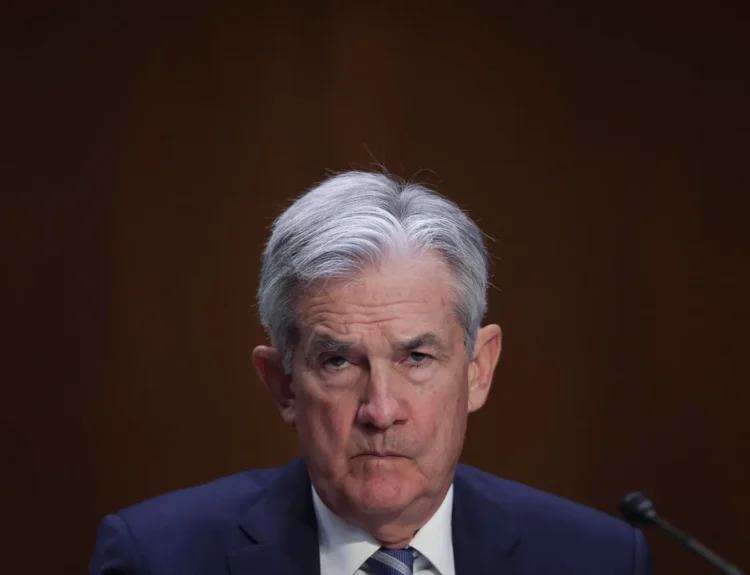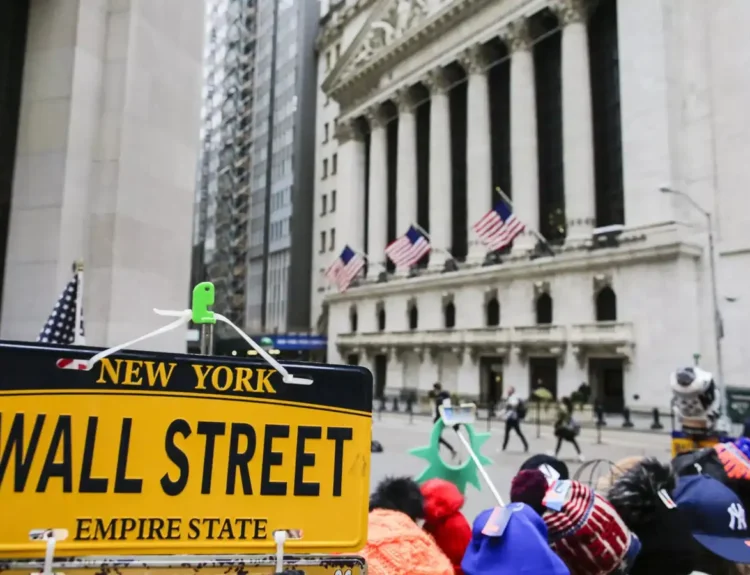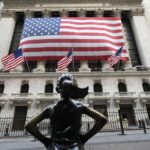JPMorgan Chase CEO Jamie Dimon has issued a stark warning about the U.S. economy: stagflation is no longer just a risk — it’s on the radar. Speaking at the JPMorgan Global China Summit in Shanghai, Dimon said the Federal Reserve is “absolutely right” to hold off on rate cuts for now, as economic uncertainties pile up at home and abroad.
“The odds of soft landing are diminishing a little bit,” Dimon told Bloomberg in an exclusive conversation.
“I think it’s a mistake to declare victory… the Fed is right to wait.”
What’s Driving His Concern?
Dimon pointed to a confluence of factors:
- Stubborn inflation, especially in services and wages
- Slowing economic growth, visible in recent data
- Rising geopolitical risk and global instability
- Ballooning U.S. deficits, worsened by recent fiscal policy decisions
He called it a “dangerous time” for policymakers and urged caution — especially as markets begin to price in multiple rate cuts later this year.
“I still think inflation will be stickier than people expect,” Dimon said, adding that “stagflation is not the worst case, but it’s a plausible one.”
Why It Matters: The Stagflation Ghost
Stagflation — a mix of high inflation, low growth, and rising unemployment — is one of the worst combinations for markets. It challenges central banks, hurts earnings, and erodes consumer confidence.
Dimon isn’t alone in raising the alarm. Earlier this week, the European Central Bank also warned that President Trump’s shifting tariff policies could destabilize the global economy, adding to market volatility and inflationary pressures.
Debt, Spending, and the Political Backdrop
Dimon’s comments came just as Trump’s “big, beautiful bill” — a massive tax and spending plan — passed a key hurdle in the House. The bill, which would extend the 2017 tax cuts and increase military and immigration enforcement funding, is projected by the CBO to add $3.8 trillion to U.S. debt over the next decade.
While markets initially welcomed the bill as stimulative, Dimon isn’t convinced.
“We keep on spending like drunken sailors,” he previously said during JPMorgan’s annual shareholder letter. “Eventually that has consequences.”
The Fed’s Tightrope
Dimon gave a rare nod of approval to the Federal Reserve’s current stance:
“They should wait and see. Why rush?”
“You have geopolitical uncertainty, you have war, you have fiscal spending and deficits which are growing and just enormous.”
His message was clear: this isn’t the time for optimism — it’s time for caution, realism, and watching the data.
Jamie Dimon has long been a bellwether voice on Wall Street, and when he says stagflation is a possibility, investors listen. As the Fed debates its next move, and Congress passes budget measures that could reshape the debt outlook, the risks ahead are no longer abstract — they’re arriving.
“This is not just about rate cuts,” Dimon said. “This is about how we maintain economic stability in a world that’s shifting fast.”
Disclosure: This article does not represent investment advice. The content and materials featured on this page are for educational purposes only.
Related:
Why ‘Sell America’ is trending on Wall Street
Trump’s ‘Big, Beautiful Bill’ Moves Forward — But Sparks Backlash Over Debt and Benefit Cuts
Bloomberg Terminal Outage Disrupts Bond Auctions Across Europe
Weak 20-Year Treasury Auction Sends Yields Higher and Stocks Tumbling
Nvidia CEO Slams Biden’s AI Chip Export Curbs as a “Failure,” Backs Trump’s Reversal
White House: China Will ‘Absorb’ Tariffs — Not US Consumers
Bostic Warns on Moody’s Downgrade, Inflation Risk — Leans Toward One Cut
Nvidia Expands in China & Taiwan as US Export Rules Tighten
Earnings Calendar, Fed Speech, Housing Data: What to Watch This Week










